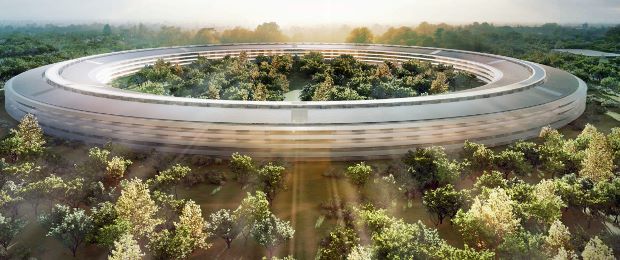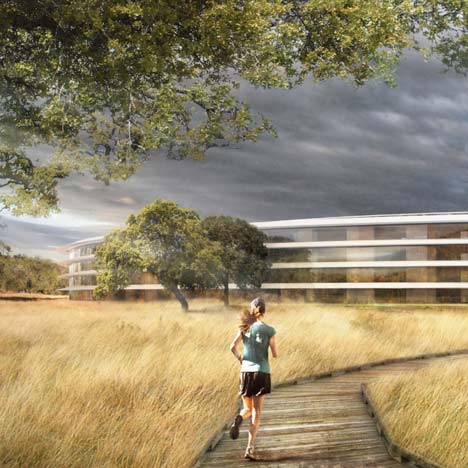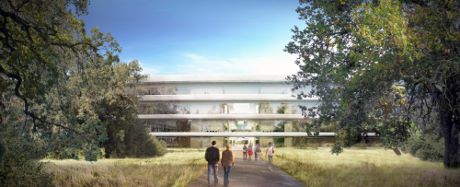
Foster + Partners' Apple HQ goes $2bn over budget
The late Steve Jobs' insistence on the finest building materials may account for the tech firms large overspend
Apple Inc's products are often reassuringly expensive, and so overly frugal financial planning probably doesn't suit the tech giant. However, even by their standards, the new Apple Campus, designed by Foster +Partners and planned for a site just one mile away from their existing headquarters in Cupertino, California, has proved to be pretty spendy.
The building, which was announced in 2011 and is due to commence construction this June, had a projected cost of $3bn. However, local press is now reporting that the eventual figure is more likely to be $5bn. For those without a head for figures, this overspend is roughly equal to the the retail price of one and half million unlocked, contract free 16GB iPhone 5s.
Fortunately, Apple shipped five million iPhone 5 handsets within the first three days of its release last year, and, with an operating income of a little over $55bn for 2012, it can probably afford a few cost overruns, particularly when it comes to such a beautiful building.

Indeed, the increase in cost has been put down to the late Steve Jobs’ love of top-notch building materials. The circular structure is to be clad in 40-ft panes of concave glass, brought from Germany, office spaces - all four floors of them - are to have museum-quality terrazzo flooring and polished concrete ceilings, while the interior wood is to be harvested from just one species of maple.
Jobs admitted in 2011, “this is not the cheapest way to build something… ...there is not a straight piece of glass in this building. We have a shot… ...at building the best office building in the world. I really do think that architecture students will come here to see it.”

The doughnut-shaped HQ had already attracted plenty attention, for its form – which some see as impractical - as well as its scale. Its 2.8m sq ft will one day accommodate more than 12000 staff. Additionally, it will sit on a 176-acre plot, housing a 1000-seat subterranean auditorium, a four-storey car park, a corporate fitness centre, and a research centre. All this will be accessed by underground roads, with Apple replacing the existing asphalt with 6000 trees and rolling landscaping.
The building is due to be completed within the next three years, by which time we suspect the late Mr Jobs' prediction will have come true, and architecture students, as well as tech geeks, will be making the pilgrimage to Cupertino, California. Until then, they should satisfy themselves with either our Dieter Rams monograph, As Little Design As Possible, featuring a foreword by Jonathan Ive, senior vice president of industrial design at Apple, or our Atlas of 21st Century World Architecture, which details 1000 of the best buildings constructed since 2000.